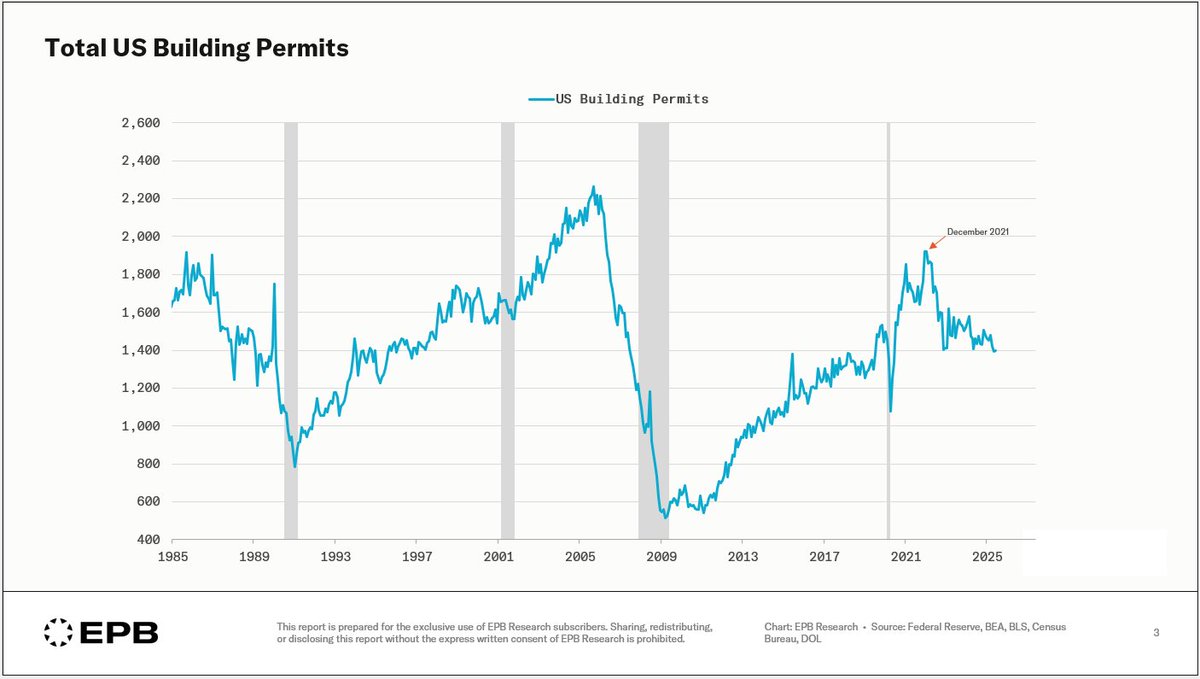It would seem it comes down to the government expenditure multiplier. If the "fiscal QE" is for a government spending initiative with a positive multiplier, real growth will improve.
At these levels of debt (130%+ of GDP) is there anything that has a positive multiplier?
At these levels of debt (130%+ of GDP) is there anything that has a positive multiplier?
We have many studies that cut against gov spending at these levels of debt. The Ricardian equivalence works against debt-funded tax cuts in the long run
Based on the research, fiscal QE won't raise the trend rate of real GDP per cap because the gov multiplier is too negative
Based on the research, fiscal QE won't raise the trend rate of real GDP per cap because the gov multiplier is too negative
So we have gov spending at about 20% of GDP pre-COVID. Up to 35%+ during peak stimulus. We simply have to ask ourselves what level of spending we want to gov to have? What is optimal? If gov spending increased to 50%+ of GDP, would we have better or worse results?
So does fiscal QE solve the decline in trend real GDP growth per capita?
The evidence is thin.
WWII spending would be the exception but that was a confluence of unusual circumstances that are quite different today IMO.
The evidence is thin.
WWII spending would be the exception but that was a confluence of unusual circumstances that are quite different today IMO.

As @GeorgeSelgin points out, the current monetary framework makes the Fed vulnerable to go along with the policy of fiscal QE (floor vs. corridor).
Will it work to raise real GDP growth per capita, the determinant of the standard of living?
Remains to be seen...
Will it work to raise real GDP growth per capita, the determinant of the standard of living?
Remains to be seen...
• • •
Missing some Tweet in this thread? You can try to
force a refresh














